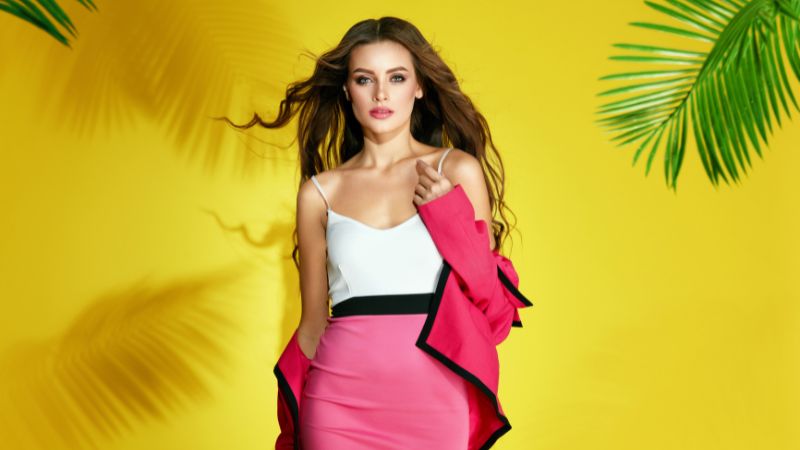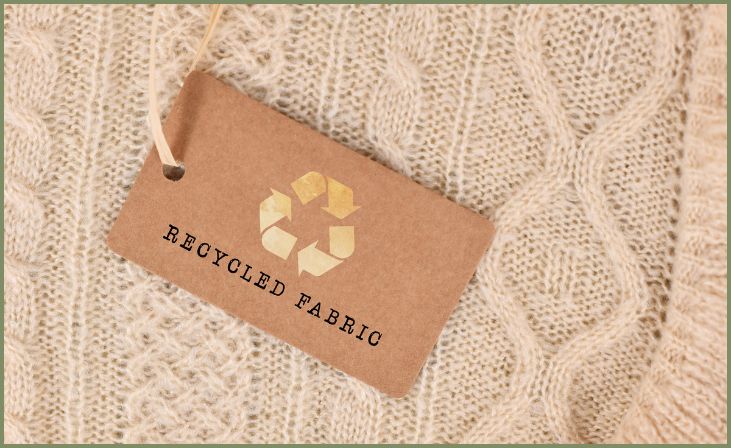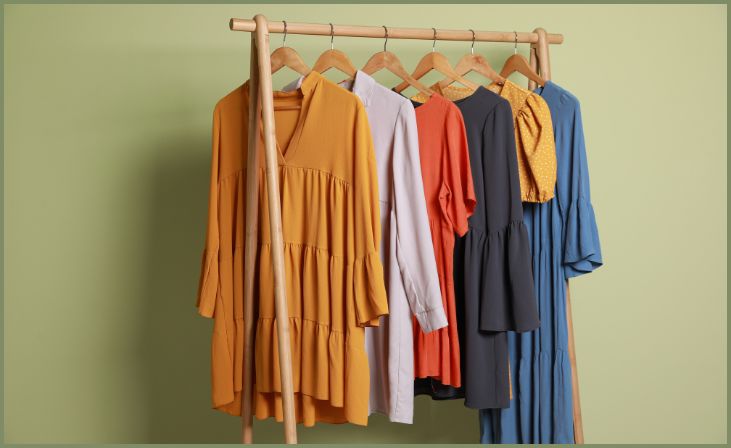
Eco-Friendly Fashion Trends For Summer – Sustainable fashion has emerged as a vital response to the environmental and ethical challenges facing the clothing industry. As we approach summer, the quest for eco-friendly fashion becomes even more imperative. This season offers a prime opportunity to explore innovative ways to stay stylish while minimizing our ecological footprint. Eco-friendly fashion trends for summer encompass a diverse range of practices, from utilizing natural and organic fabrics to embracing upcycling and ethical production methods.
In this guide, we will delve into the exciting realm of sustainable summer fashion, exploring how conscious choices in clothing and accessories can make a significant difference. By opting for eco-conscious materials, supporting ethical brands, and embracing minimalist approaches, we not only reduce environmental harm but also contribute to a more equitable and sustainable fashion ecosystem. Join us on this journey as we discover the beauty and relevance of eco-friendly fashion trends for the summer season.
Table of Contents
ToggleEco-Friendly Fashion Trends For Summer
Organic Fabrics:

Organic fabrics like cotton, hemp, bamboo, and linen are grown without synthetic pesticides or fertilizers, which reduces the environmental impact of farming. Organic cotton, for example, uses less water and promotes soil health compared to conventional cotton. Hemp is known for its durability and requires minimal water and no pesticides to grow. Bamboo grows rapidly without the need for chemicals and is biodegradable, making it a sustainable choice. Linen is made from the flax plant and is known for its breathability and low environmental impact due to its minimal water and pesticide requirements.
Also, Read – Fashion trends for working professionals on a budget
Upcycled Clothing:
Upcycling involves transforming old or discarded materials into new products, giving them a new lease on life. In fashion, this could mean creating garments from pre-existing clothing or materials that would otherwise end up in landfills. Upcycled clothing reduces waste and conserves resources by repurposing existing materials instead of creating new ones.
Vintage and Thrift Shopping:
Vintage and thrift shopping involve purchasing second-hand clothing from consignment stores, thrift shops, or online marketplaces. By buying pre-owned clothing, you’re extending the lifespan of garments and reducing the demand for new production. This helps to decrease the environmental impact associated with manufacturing new clothing, including water usage, energy consumption, and greenhouse gas emissions.
Minimalist Wardrobe:

A minimalist wardrobe focuses on owning fewer clothing items, but each piece is carefully selected for its quality, versatility, and longevity. By investing in timeless staples and classic pieces, you can build a wardrobe that transcends seasonal trends and reduces the need for frequent replacements. A minimalist approach to fashion encourages conscious consumption and reduces the overall environmental footprint of your clothing choices.
Sustainable Swimwear:
Sustainable swimwear is made from recycled materials such as recycled nylon or polyester, which are often sourced from post-consumer waste like discarded fishing nets or plastic bottles. By using recycled materials, sustainable swimwear brands help to divert plastic waste from oceans and landfills while reducing the demand for virgin resources. Additionally, some brands also prioritize ethical manufacturing practices and use eco-friendly dyes and packaging.
Natural Dyes:
Natural dyes are derived from plants, minerals, or insects and are free from harmful chemicals typically found in synthetic dyes. Using natural dyes in clothing production reduces water pollution and minimizes health risks for both textile workers and consumers. Additionally, natural dyes can create unique and vibrant colors, adding an artisanal touch to garments.
Fair Trade Fashion:
Fair trade fashion promotes ethical labor practices by ensuring that garment workers receive fair wages, safe working conditions, and other social benefits. Fair trade certifications guarantee transparency and accountability throughout the supply chain, from raw material sourcing to manufacturing and distribution. By supporting fair trade fashion brands, consumers can contribute to the empowerment of workers in the global fashion industry and promote social justice.
Zero Waste Design:
Zero waste design aims to minimize or eliminate textile waste generated during the production process. Designers utilize innovative techniques such as pattern making, draping, and fabric manipulation to maximize the use of materials and reduce scraps. By adopting zero waste principles, fashion brands can reduce their environmental impact and contribute to a more sustainable industry.
Biodegradable Accessories:
Biodegradable accessories are made from materials that can naturally decompose in the environment, such as cork, wood, or recycled paper. Unlike synthetic materials like plastic, biodegradable accessories break down into organic matter without releasing harmful toxins or microplastics. Choosing biodegradable accessories helps to reduce pollution and minimize environmental harm at the end of the product’s life cycle.
Renting and Borrowing:

Renting and borrowing clothing offer sustainable alternatives to traditional ownership models, allowing consumers to access fashion without the need for permanent ownership. Rental services provide access to a rotating wardrobe for special occasions or everyday wear, reducing the need for excessive consumption and closet clutter. By sharing clothing resources, individuals can minimize waste, save money, and promote a more circular economy within the fashion industry.
Conclusion
As we conclude our exploration of eco-friendly fashion trends for summer, let’s remember the power of our choices. By embracing sustainable practices, from choosing natural fabrics to supporting ethical production, we can positively impact the planet and fashion industry. Let’s continue to prioritize eco-consciousness in our wardrobe decisions, not just for summer but year-round. Together, we can create a more sustainable future for fashion—one that celebrates creativity, responsibility, and respect for our planet and its people.
FAQs
What exactly is eco-friendly fashion?
Eco-friendly fashion, also known as sustainable fashion, refers to clothing and accessories that are designed, produced, and used in ways that have minimal negative impact on the environment and society. This includes using environmentally friendly materials, reducing waste, and promoting fair labor practices.
Why is eco-friendly fashion important, especially in summer?
Summer fashion often involves lighter fabrics and increased consumption due to seasonal trends. Eco-friendly fashion is crucial in summer to minimize the environmental impact of this heightened consumption, such as reducing water usage, carbon emissions, and waste generation.
